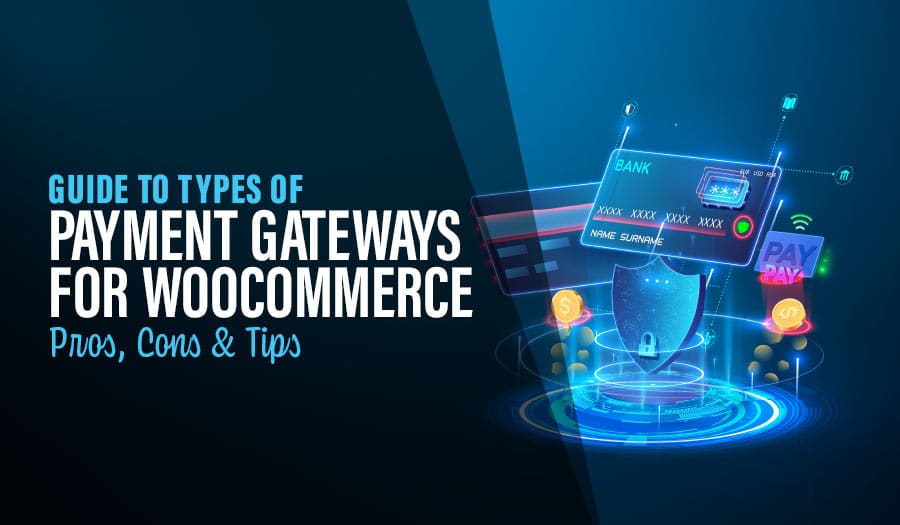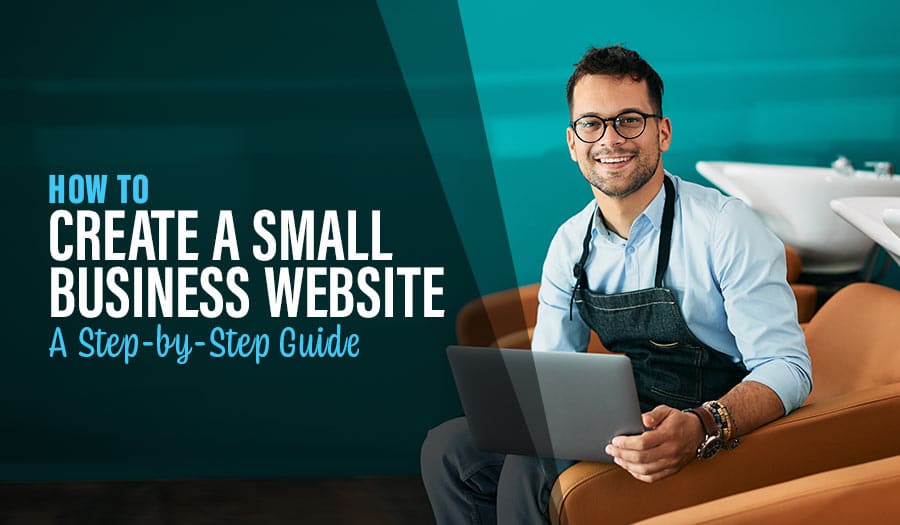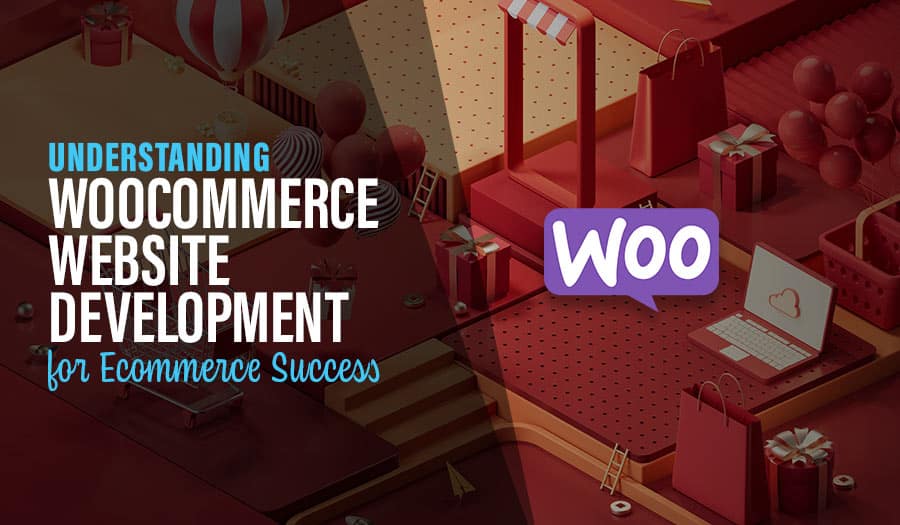So you are ready with your carefully selected your dream online product and have decided on your niche to sell to. But how can you be sure that your e-commerce product will succeed? Let’s explore How To Evaluate Online Product Potential.
To help, we have some great evaluation steps to follow to ensure your dream product doesn’t quickly become a nightmare after launch.
Whilst there are few certainties in life, as with everything preparation is the key to success.
A proper evaluation of your product can give you tremendous insight into the likely success or failure of your business.
Make sure you approach the process with thoroughness and a level of objectivity. And if necessary get outside assistance to ensure you are evaluating your potential with an unbiased view.
We will break down the evaluation into 4 stages:
1. Market Evaluation
2. Product Evaluation
3. Customer Evaluation
4. Competitor Evaluation
4 Top Ways to evaluate online product potential
- Market Evaluation
- Product Evaluation
- Customer Evaluation
- Competitor Evaluation
4 Top Ways to evaluate online product potential
Below are a series of questions to ask yourself. There is no score or magic rule, but by answering all of the questions you will get a good feel for the potential success of your product. Some of the questions may also raise potential problems or opportunities you hadn’t thought of before.
1. Market Evaluation
What is the potential market size?
Are you selling to a certain demographic? You will need to work out what is the potential number of buyers that your product may have. For example, you may be selling Gluten Free products targeted at wealthy, middle-age women in Sydney, and therefore need to work out the potential size of your customer base.
Trend, fad, flat or growing?
Is your product targeted at a short-lived current trend, or at a long-established, stable popular sector? Fads or trends can be highly profitable if acted upon quickly, but may not have a long shelf life. Why not have a look at Google Trends (www.google.com/trends) and see what is out there about your chosen product category?
Can your product be easily purchased locally?
One thing you could do is look around and see if your product is available locally. If so, it may be harder to sell it online. Products that are hard to obtain locally from a physical store could be perfect for online purchases.
2. Product Evaluation
What is your selling price and profit?
Have you decided how much you will be charging for your product? How much are you marking it up? It is important to make sure that your product is profitable for your business and also seen as good value by your customers. Remember value doesn’t equal cheap.
Remember: Make sure you factor in all of your costs, both direct and indirect so you can work out the viability of your product.
Can you offer a subscription?
This has been an ever-increasing trend in almost every product offering. By breaking down the purchase price into a regular subscription, you can often remove any initial cost hurdles for your product.
How durable is your product? How will you package it? How big is it?
Having a great product is one thing, but can it successfully be sold online and survive being delivered?
Think carefully about how you can carefully pack and safely send your product to your customers. Also think about the practicality of how big your product is. Can it be easily posted with the least expense?
Is your product seasonal?
Are you selling Christmas stockings or Bikinis? Seasonal products are fantastic online opportunities but you need to factor in the seasonality of your offerings. For example, if you are selling summer beachwear, maybe try and think about what you will sell in the colder winter months.
Passion Fulfiller? Problem Solver? Delighting?
Where does your product sit and what function does it play? Remember people pay premiums for products to entertain them, relieve their pain and solve their problems. You need to work out if your customers will find joy in your product and part with their hard-earned money for it.
Is your product perishable?
Does your product have a shelf life? Don’t be caught out selling products that take months to sell, yet only have a shelf life of weeks.
Any restrictions or regulations on your product?
Have you researched to see if your product is legal for sale online? Some products are only legal for people over 18 and some cannot be sold in certain states or territories. Make sure you do your research before you proceed. This can be a game changer.
Is your product scalable?
What happens if you find sudden success? Can you handle a sudden surge in popularity? What will happen if you go from selling 50 hand knitted scarves per week to selling 5,000? Make sure you are properly prepared.
3. Customer Evaluation
Who are your target customers?
Have you worked out who your target customers are? Where do they live? Where do they look online? Do they have the funds, desire and access to purchase your products online?
How often does my customer buy from me?
Is your product a one-off purchase or do you have the potential to offer repeat transactions with the same customers? If you can offer products for repeat purchase from the same customers that may increase your sustainability.
How long is the buying process?
Does your customer buy straight away on impulse or do they take their time in a lengthy decision making process? Knowing your customers buying process and decision making time frame will help you calculate how long it takes to sell to your customers. A shorter buying process will help with cash flow and a quicker return on investment.
4. Competitor Evaluation
What does your competition look like?
We highly suggest people take a good, hard look around and know exactly who their direct and indirect competitors are. You may find the market place is extremely crowded and hence you need to make your product stand out. Alternatively you may discover a fantastic opportunity in a gap in the market. Either way it is important to have a good look around, take notes and refine your strategy accordingly.
As you can see, there is quite a lot to take in and evaluate. Please use the above evaluation guide to paint a clearer picture about your product’s potential online success. Try giving yourself a score out of ten for every question and see how strong your product idea is.
Good luck with your evaluation!
Take your online store business to the next level with a Pixel Fish Ecommerce Website.
Check out some of our latest Ecommerce Website Design projects.
More Reading
WooCommerce vs Magento: Which eCommerce Platform is Right for You?
Custom vs Pre-made Themes for WordPress Websites: Pro’s and Cons
Moving Your Business Domain Name Without Ruining Your SEO
How Your Business Website Can Work For You Whilst You Are On Holidays
Top 10 Tips For A Successful Ecommerce Website Business
5 Reasons To Turn Your Business Into A Subscription Model
The Pros And Cons For Running An Online Business From Home
10 Ways to Turn Your Ecommerce Customers into Repeat Sales
10 Questions to Ask a Digital Marketing Agency
How to Set Up Your Home Office for Video Meetings
How to Build a Customer Journey Map to Enhance Your Website Design
Reinvent Your Website Lead Generation Strategy with Engaging Content
Setting up for online success: Goal setting for Online Stores



